Vasuki Nag Temple of Bhaderwah – the ‘land of snakes’
| 07-Jun-2020 |
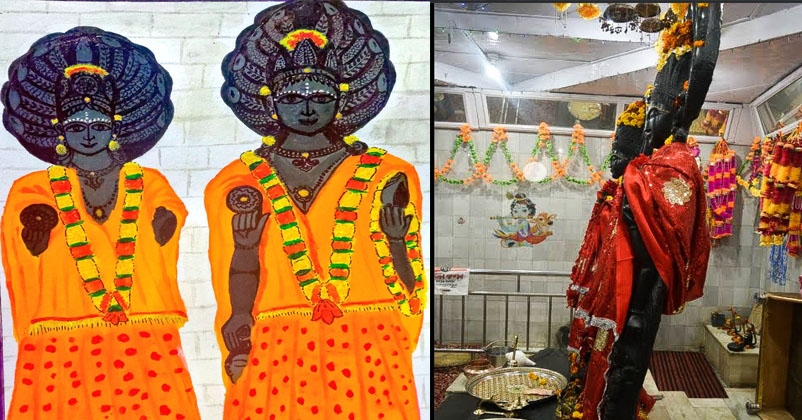
Credit- Wany Sharma
Worshipping serpents is an ancient practice in India and dates back to the time of the Indus valley civilization, that is, 3000 years B.C. On one hand, the serpent is a powerful symbolic representation of Hindu supreme gods, Shiva and Vishnu, on the other hand, the serpent as a snake-god is revered in various Hindu traditions and beliefs. Bhaderwah of Doda district in Jammu and Kashmir has a temple called Vasuki Nag temple, dedicated to the king of serpents and the Son of Kashyapa and Kadru, Vasuki. The temple enshrines a single black stone piece idol of Vasuki Naag and Raja Jamute Vahan.
Vasuki Nag Temple, the marvelous piece of art and sculpture of the region has the idols of Lord Vasuki Nag on the right and Raja Jamute Vahan on the left, mysteriously standing on its own without any support. An annual pilgrimage, dedicated to seven-headed Lord Serpent ‘Vasuki Naag’, Kailash Yatra of Bhaderwah commences only after the ritual puja at this temple. Kailash kund or Kaplash also known as Vasuki kund, is abode of Nagraj Vasuki and is situated at a height of 14500 ft. above sea level. Thousands of devotees from far and wide come to visit the temple and pay obeisance to Lord Vasuki.
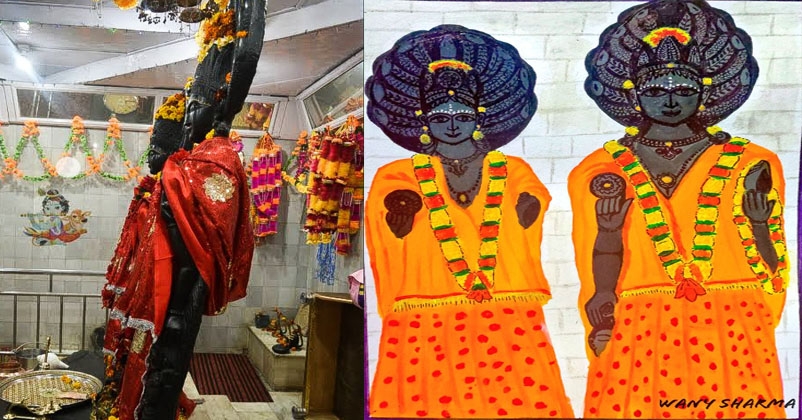
Credit- Wany Sharma
Bhaderwah, also known as ‘Naagon ki Bhoomi’, a land of snakes is known for Naga Culture between 8th and 9th Vikram Samvant when Chandravanshi King of Bhadarwah, Maharaja Dhuri Pal initiated the construction of Vasuki Naag temple at Vasak Dhera in his kingdom. A beautiful sculpture of Vasuki Naag was made by the ancestors of Shanu Samuday/community and it is the history not too well known to most people. Although the temple construction had begun, unfortunately, even after many attempts, King Dhuri Pal failed to establish these idols in the temple. He then called priests/pujaris to give their opinions on the matter who told the king that there dwelled an evil soul and in order to get rid of him, a Brahmin needed to be sacrificed so that the negative power leaves Vasak Dhera.
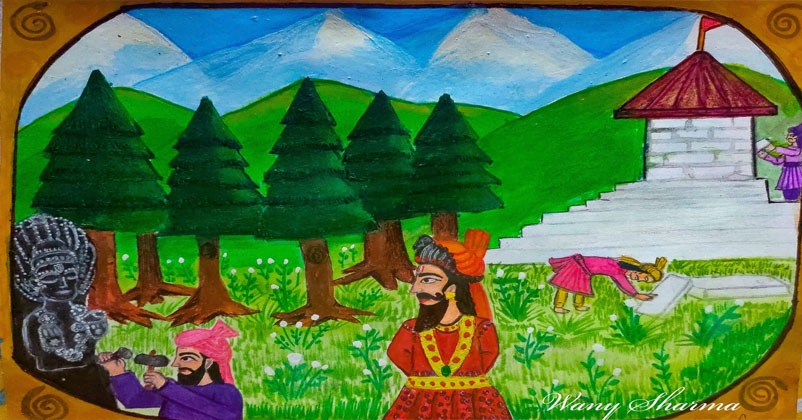
Credit- Wany Sharma
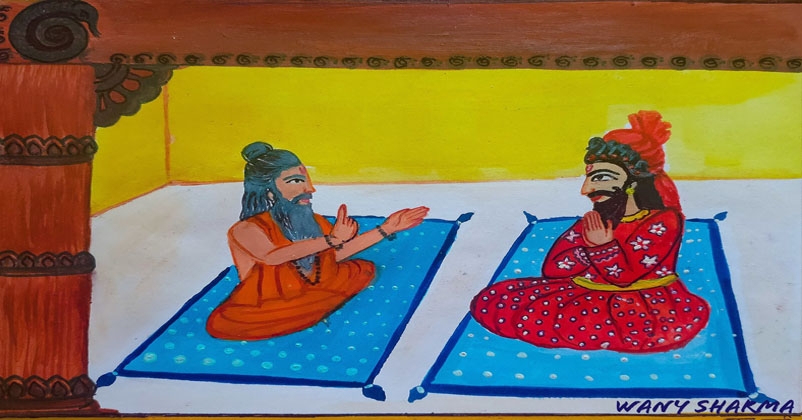
Credit- Wany Sharma
When the King got worried on the mere thought of sacrificing one of his own people, one of his consultants, a Brahmin from village Manva suggested him to catch one of the Brahmin brothers named Dev raj and Bodh raj, who had recently arrived to Bhadarwah from Kanjroor Dutta of Siyalkot. The King agreed and ordered his soldiers to get off one of the brothers so that Vasak Dhera could get rid of the evil and people get to establish the idol of their beloved Vasuki nag, the king of serpents.
Subsequently, when the soldiers marched out to look for the brothers, they planned to cut the head of one of the Brahmins, present it to the King and get praised by the king as well as the people. However, when the soldiers reach to their destination, one of the Brahmin brothers named Bodh Raj was occupied with his ‘Sandhya’ meditation. As soon as the King’s soldier pulled up his sword to behead the Brahmin, his hands got freeze down in the air. When the Brahmin woke up from his meditation, he asked the soldier of his purpose to kill him, meanwhile, Brahmin’s brother Dev raj also returned to the camp from the jungles. The soldier then promptly told them about the King’s orders, to which Bodh Raj Dutt agreed to go before the king. On reaching the court when he desired to know the whole matter, the King politely narrated the story to him and pleaded for help. To this, Bodh Raj offered to sacrifice his life for the cause on one condition, he said, “I will cut my head with the drub grass and after that as far as my body walks all that land will be given to my brother and will be passed on to his family and that no person shall stop his body from walking”. The King readily agreed thinking how far would a body without a head be able to walk.
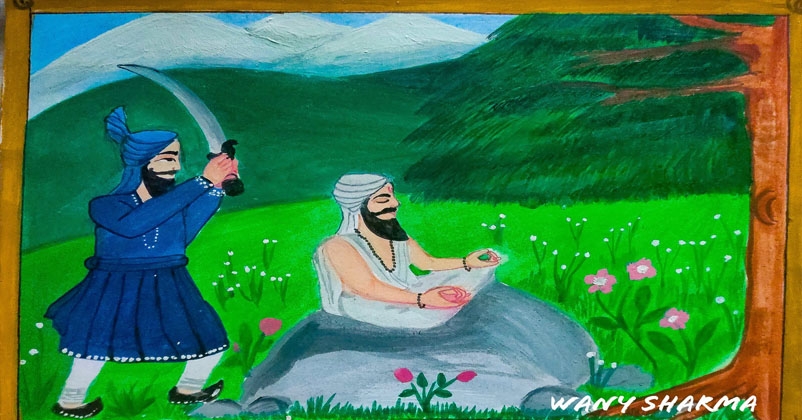
Credit- Wany Sharma
How the king of serpents, Lord Vasuki came himself to the aid of king Dhuri Pal
On 2nd of Phalgun, Raevti Nakshtra in the Shukla Paksh of 8th Vikrami Samvant, Brahmin Bodh Raj beheaded himself with a drub/doorva/kusha grass and after the sacrificial ceremony the headless body awakened up and began to walk in the Kingdom Bhadarwah. As the Brahmin’s body covered miles, the King realized that he had committed a mistake and had misunderstood the supreme powers of a saint. But as the situation had already slipped out of his hands he started worshipping Vasuki Naag, the snake god, to come to his aid for the sake of his kingdom. As per the Brahmin’s condition, no one could stop his body from covering miles so nobody dared to do so. However, the serpent God, Vasuki Naag miraculously appeared in a cow’s form and blocked the saint’s body from walking any further, at Pasri near 18-armed deity temple. Following which last rituals of the holy saint, Bodh Raj Dutt’s body was performed with all religious customs at this place.
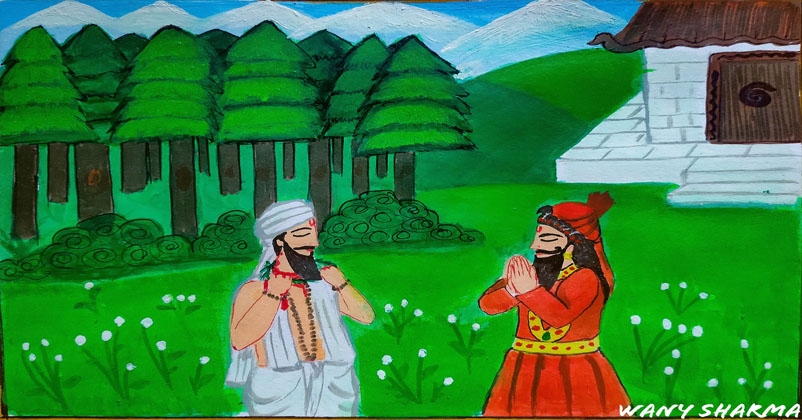
Credit- Wany Sharma
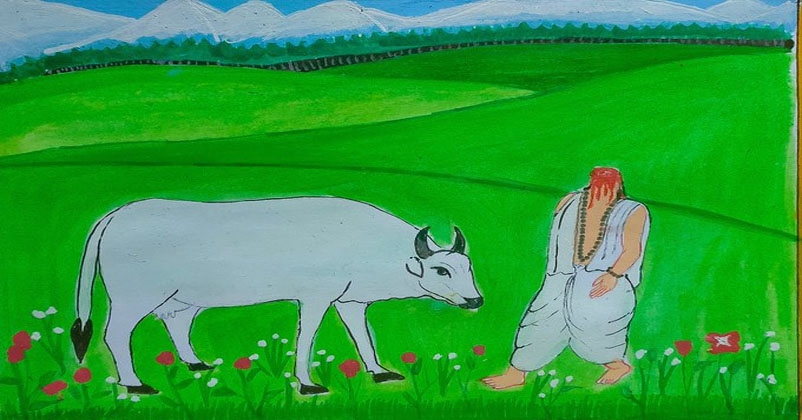
Credit- Wany Sharma
Unpleased with the event, Brahmin Dev Raj
after the final rituals announced that his families will neither entre
Vasuki Temple to offer any prayers nor will accept any offerings in the
form of Prasadum or Charanamrat and will also not accept food from or
with the people of Vasak Dhera.
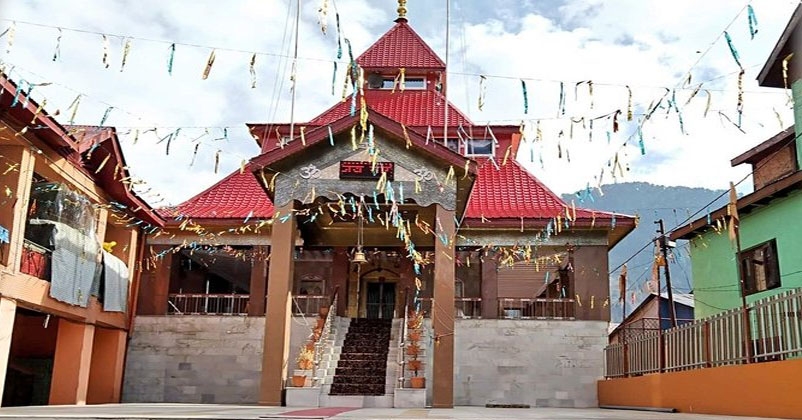
The priests
mark OM & TRIDENT on the doors of the Vasuki Temple, all the Houses
in the vicinity of Vasak Dhera & Royal Treasure using the soil
collected each year from the holy site of the cremation of saint Bodh
Raj Dutt. These statements became rituals for both the communities i.e
Dutt family of Chanote, Bhadarwah, people of Vasak Dhera and priests of
Vasuki Naag. Even today, in the 21st century, the same rituals are being
followed with positive energies, beliefs and collective sentiments by
both the communities. Since then, the famous Vasuki Nag temple has seen
several natural disasters like earthquakes and others but these idols
stand strong and intact.
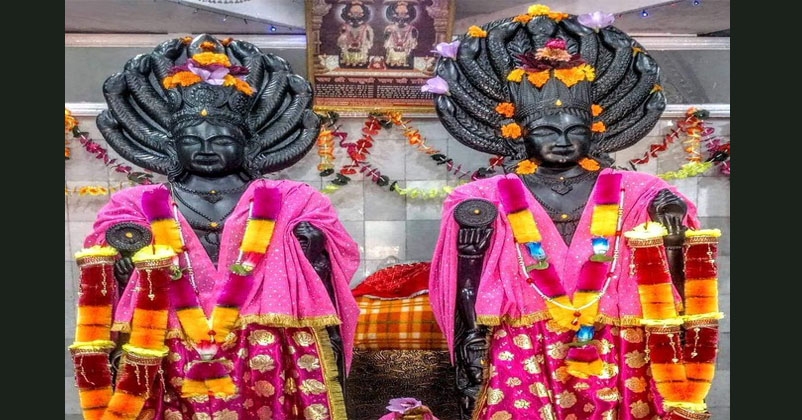
(Original Story & Illustrations Credit- Wany Sharma)